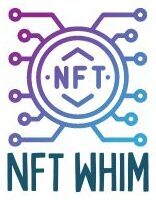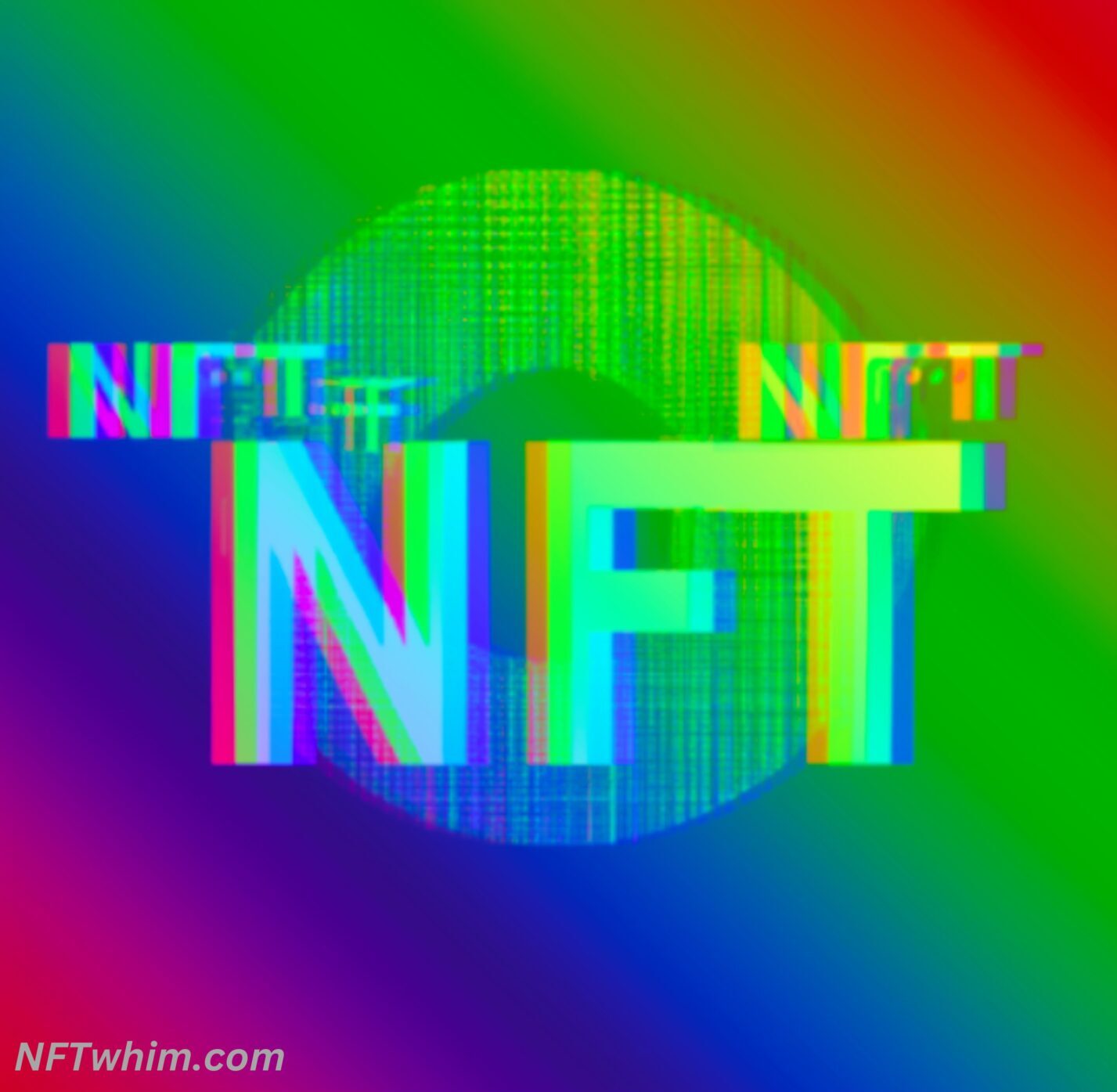A lot of people today have some general knowledge about the historical inception of NFTs. However, less is known of how the concept of Non-Fungible Tokens emerged within the specific industries that we have come to associate to NFTs today. For example, what actually shaped the NFT Art industry, and how was the art world transformed by NFTs? And what about the emergence of NFTs in Sports, Photography, and Domain Names, to name a few examples?
NFTs emerged early on in the gaming, art, music, a photography industry, and the introduction of Non-Fungible Tokens disrupted these industries. For example, through the use of NFTs, digital art gained value and credibility, allowing artists to sell their work directly to collectors and fans. NFTs also allowed photographers to establish ownership and provenance of their images, and enabled sports leagues and teams to monetize their content and for fans to own unique digital assets related to their favorite teams and players.
In this post, I will walk you though how the different NFT types that are so popular today came about. I will also talk about what happened to these various industries when NFTs were introduced. How were the industries transformed? And, what were some of the earlier examples of NFTs in various spaces?
I will go through the rise of NFTs in the Artworld, in Photography, in Sports, in Gaming, in Virtual-Worlds, in Domain Names, and in Music. These various industries are presented in no particular, historical order.
Okay, let’s dive in!
The NFT Art-world: Key Developments
In the art world, NFTs gained traction at an early stage as a way to authenticate and sell digital art, as well as to create unique, one-of-a-kind experiences for fans. The use of NFTs in the art world has helped to bring greater value and credibility to digital art and has allowed artists to sell their work directly to collectors and fans.
One of the key developments in the history of NFTs in the art world was the sale of an NFT artwork by the artist Beeple in 2021 for over $69 million. This sale set a new record for the highest price ever paid for an NFT artwork and helped to bring greater attention and credibility to the world of digital art and the use of NFTs.
In addition to this sale, other high-profile NFT art sales, such as the sale of an NFT artwork by the artist Trevor Jones for over $20 million, helped to further establish NFTs as a viable and valuable way to sell and collect digital art.
The use of NFTs in the art world has also allowed for the creation of unique, one-of-a-kind experiences for fans. For example, an artist could create a limited-edition series of digital artworks and sell them as NFTs.

The Introduction of NFTs in Photography
The use of non-fungible tokens, or NFTs, in the field of photography has gained significant attention in recent years. In this context, NFTs are used to represent unique digital copies of photographs and to establish ownership and provenance of the images.
One of the earliest examples of NFTs being used for photographs was on the platform KnownOrigin, which was launched in 2018. KnownOrigin allows photographers to upload and sell digital copies of their photographs as NFTs, establishing ownership and provenance of the images on the blockchain.
Since the launch of KnownOrigin, the use of NFTs for photographs has grown significantly. Many other platforms, such as Rarible and SuperRare, have also emerged, offering similar services for selling and trading digital versions of photographs as NFTs.
The use of NFTs for photographs has introduced several benefits. It has allowed photographers to establish ownership and provenance of their images, which can be difficult to do with traditional digital copies.
NFTs have also provided a way for photographers to monetize their work and potentially earn higher royalties than they would with traditional licensing models.
In general, NFTs for photographs have opened up new possibilities for the distribution and consumption of photography, allowing for the creation of unique, personalized experiences for collectors.
Early NFTs in Sports
Non-fungible tokens, or NFTs, have also been gaining popularity in the sports industry. In this context, NFTs have been used to represent unique digital assets related to sports, such as digital collectibles, exclusive content, and even virtual ticket stubs.
One of the earliest examples of NFTs in sports is NBA Top Shot, a platform that allowed users to buy, sell, and trade digital collectibles of NBA players and events. These collectibles are represented by NFTs and can be bought, sold, and traded on the platform. NBA Top Shot became extremely popular and some of the rarest collectibles were sold for hundreds of thousands of dollars.
Other sports leagues and teams have also started to explore the use of NFTs. The NFL has launched a platform called NFL Digital Collectibles, which allows users to buy, sell, and trade NFTs of NFL players and events. The English Premier League has also announced plans to launch a similar platform for soccer.
In addition to collectibles, NFTs have also been used to represent exclusive content related to sports. For example, the UFC has released NFTs of exclusive behind-the-scenes footage and other content. And some sports teams, such as the Los Angeles Dodgers, have used NFTs to represent virtual ticket stubs for certain games.
Overall, the use of NFTs in sports is still in the early stages, but it has the potential to revolutionize the way fans interact with and collect sports-related content. NFTs provide a new way for sports leagues and teams to monetize their content and for fans to own unique digital assets related to their favorite teams and players.

The Emergence of NFT Gaming
NFTs were used very early on in the gaming industry. They were conveniently created as unique in-game items and experiences that could be bought, sold, and traded by players.
The use of NFTs in the gaming industry has definitely helped to bring new value and credibility to in-game items, and has allowed for the creation of unique and exclusive experiences for players.
For example, a game developer could create a limited-edition virtual item that can only be obtained through purchasing an NFT. This creates a sense of scarcity and exclusivity for the item, which can increase its value and appeal to players.
NFTs have also been used to create unique in-game experiences, such as one-of-a-kind events or access to special features.
NFTs in Virtual Worlds: How Did it Start?
NFTs in virtual realities overlaps with the NFT gaming industry, and has gained a lot of attraction in recent time. Here, the NFTs are used to represent unique digital assets within the virtual world, such as virtual real estate, in-game items, and other collectibles.
One of the earliest examples of NFTs in virtual worlds is the game CryptoKitties, which was launched in 2017 on the Ethereum blockchain. In this game, players could buy, sell, and breed digital cats that were represented by NFTs. These digital cats became highly collectible and some even sold for hundreds of thousands of dollars.
Since the success of CryptoKitties, NFTs have become increasingly popular in virtual worlds. Many virtual world platforms, such as Decentraland, The Sandbox, and Axie Infinity, have implemented NFTs as a way to represent unique digital assets within their platforms. These assets can include virtual real estate, in-game items, and other collectibles.

The Rise of Domain Name NFTs
The use of NFTs for domain names emerged with the rise of blockchain technology and the ability to create and trade unique digital assets. One of the earlier (but not earliest) examples of NFTs being used for domain names is the Ethereum Name Service, or ENS, which was launched in 2017. ENS allows users to register and manage domain names on the Ethereum blockchain using NFTs.
One of the benefits of using NFTs for domain names is that they provide a more secure and verifiable way to establish ownership of a domain. With traditional domain registration systems, it can be difficult to prove ownership of a domain name and disputes over ownership can arise.
By using NFTs, the ownership of a domain name is recorded on the blockchain, making it easier to verify and resolve disputes.
In addition to providing security and verification, NFTs for domain names also have the potential to open up new possibilities for the use of domain names. For example, NFTs could be used to represent ownership of virtual real estate within virtual worlds or to create unique, branded experiences for users visiting a particular domain.

The Music Industry: How was it Disrupted though NFTs?
One of the earlier industries to pick up on the concept of NFTs, was Music.
The use of NFTs in the music industry has helped to bring new value and credibility to digital music experiences and has allowed musicians to sell their work directly to fans. It has also opened up new possibilities for musicians to monetize their work and engage with their fans in new and innovative ways.
One of the key benefits of using NFTs in the music industry is the ability to create unique and verifiable digital music experiences. For example, a musician could use NFTs to sell exclusive concerts or meet-and-greets to their fans. These experiences could be limited edition or one-of-a-kind, which helps to create a sense of scarcity and exclusivity for the event. The use of NFTs to sell these types of experiences allows musicians to monetize their work in new ways and helps to bring new value to their music.
Summing It Up
To sum it up, we could conclude that concept of Non-Fungible Tokens (NFTs) has emerged at various rate, and with different consequences, within various industries.
In the art world, NFTs have allowed for the authentication and sale of digital art, and have enabled the creation of unique experiences for fans. Further, in photography, NFTs have been used to represent unique digital copies of photographs and to establish ownership and provenance of the images.
In the sports industry, moreover, NFTs have been used to represent digital collectibles, exclusive content, and virtual ticket stubs. The gaming industry has also adopted NFTs to represent unique in-game items and experiences.
Similarly, NFTs have been used to represent unique digital assets within virtual worlds, such as virtual real estate and in-game items. Also, the use of NFTs for domain names has provided a secure and verifiable way to establish ownership of a domain.
Finally, in the music industry, NFTs have helped to bring new value to digital music experiences and have enabled musicians to monetize their work in new ways.
What do you think? Which industry has been most disrupted by the introduction of NFTs so far? I would love to hear your thoughts in the comments section!
Author: Robin Olsson
Author Bio: I’m Robin and on this website, I share everything I’ve learned since getting into NFTs in 2021. I have a background in research and I’ve been in crypto for several years. You can read more about me here.



